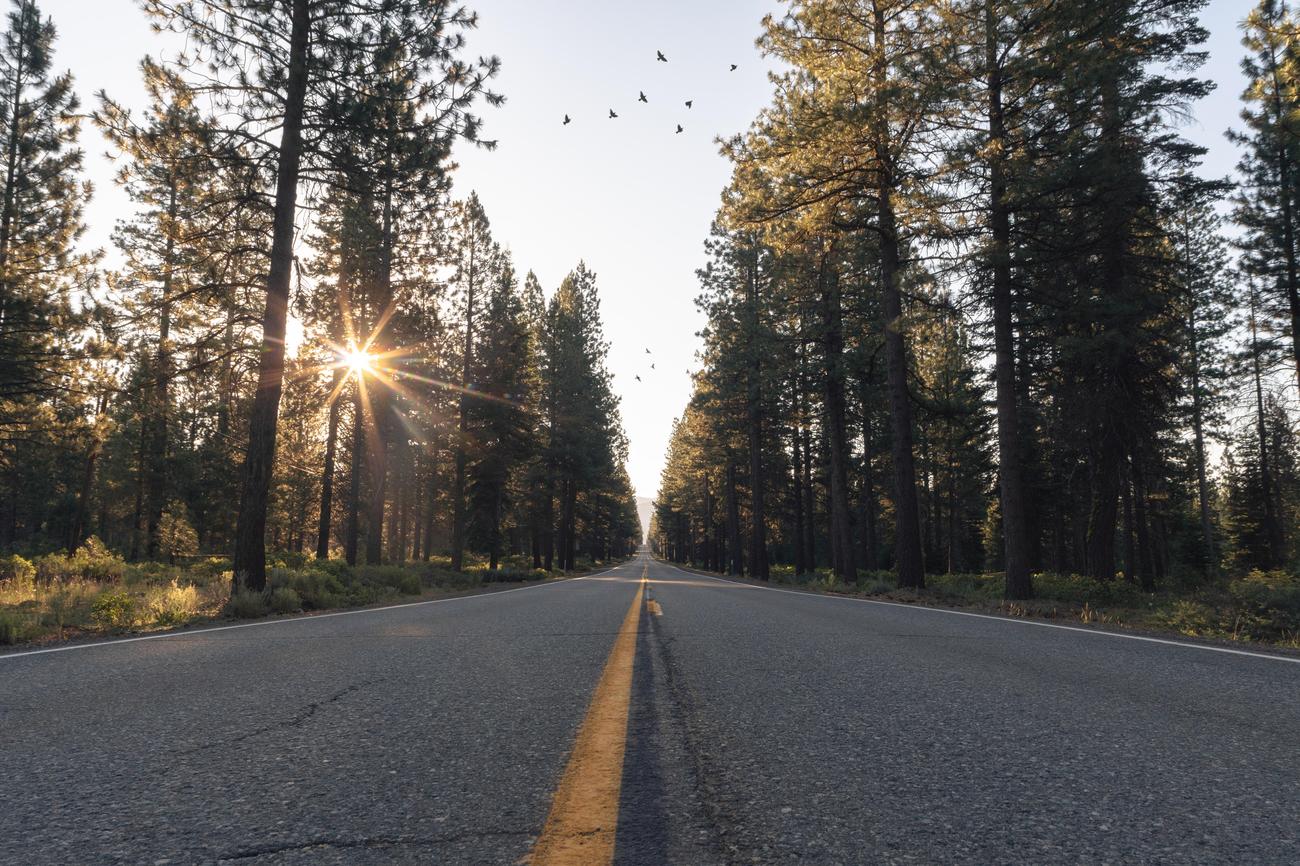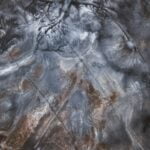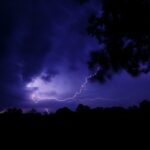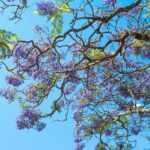Exploring the Diverse Vegetation of the Chaparral Biome
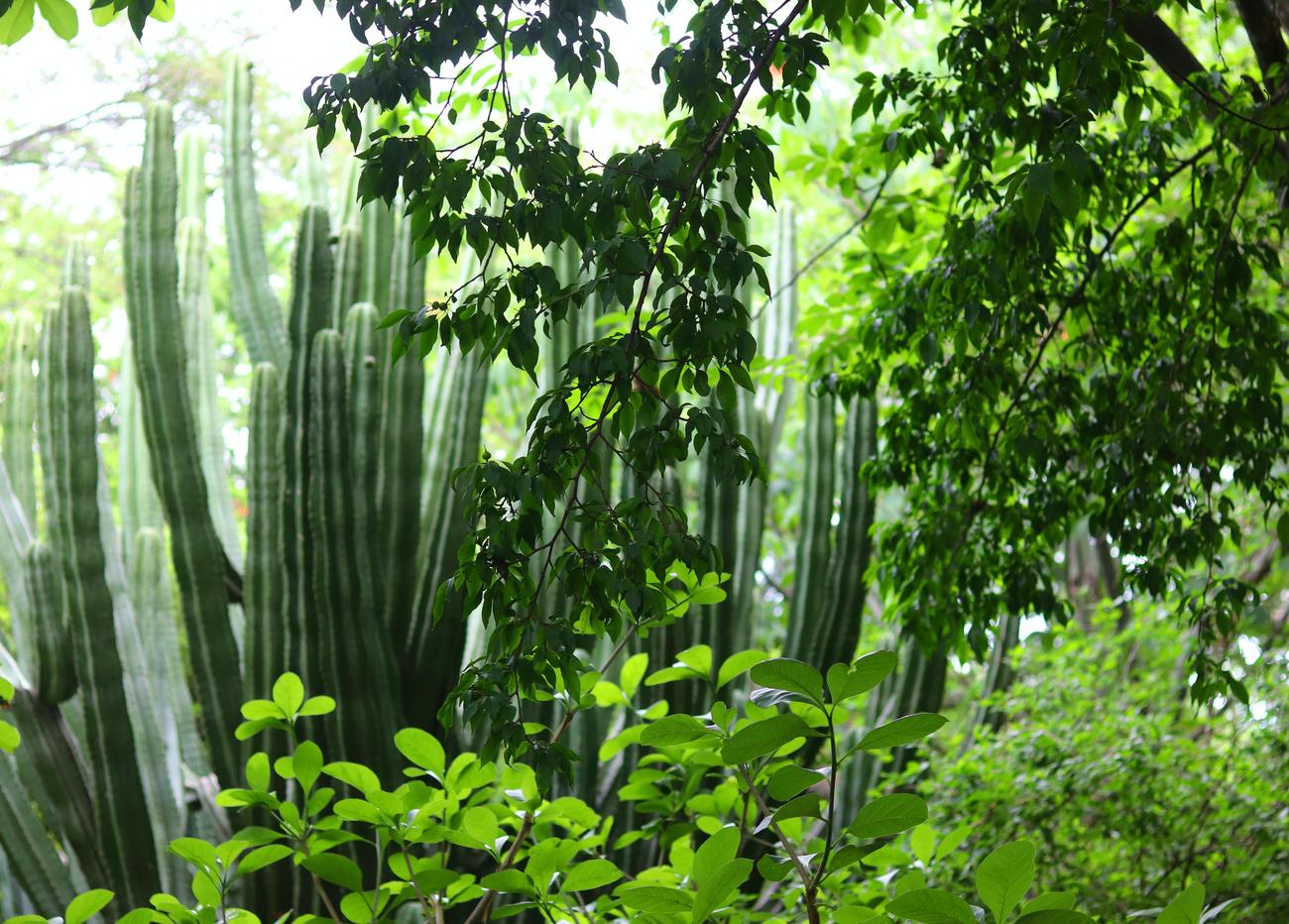
The rugged and captivating landscape of the chaparral biome is home to a rich tapestry of vegetation that has marvelously adapted to the challenging climate it endures. Dotted with shrublands, drought-resistant plants, and resilient trees, the chaparral boasts a diverse range of plant communities that thrive in its Mediterranean-like conditions. As we delve into the intricate world of the chaparral’s flora, we uncover a fascinating array of plant adaptations to prolonged periods of drought, intense wildfires, and nutrient-poor soils. Join us on an exploration of this remarkable biome and discover the breathtaking beauty and resilience of the chaparral’s vegetation.
What Kind of Vegetation Would You Most Likely Expect to Find in the Chaparral Biome?
The chaparral biome, with its unique Mediterranean-like climate, is home to a diverse array of vegetation that has adapted to the harsh conditions of this dry shrubland. From resilient trees to drought-resistant plants and shrubs, the chaparral showcases the remarkable ability of flora to thrive in challenging environments.
Drought-resistant Plants: One of the key characteristics of the vegetation in the chaparral biome is its ability to withstand long periods of drought. These plants have developed various adaptations to conserve water and survive in arid conditions. The cacti are a prominent example, with their thick, succulent stems and spines that reduce water loss and protect against herbivores. Other drought-resistant plants you would expect to find in the chaparral include yucca plants and sagebrush. These plants have deep root systems that allow them to tap into underground water sources, ensuring their survival during extended dry spells.
“Drought-resistant plants like cacti, yucca plants, and sagebrush have evolved remarkable adaptations to survive in the water-stressed conditions of the chaparral biome.”
Resilient Trees: Despite the aridity of the chaparral, several species of trees have managed to establish themselves in this biome. Eucalyptus trees, known for their tall stature and fragrant leaves, can be found in certain regions of the chaparral. These trees are well-adapted to fire, shedding their lower branches to prevent excessive fuel accumulation and utilizing chemical compounds to resprout quickly after a fire. Another iconic tree of the chaparral biome is the oak, known for its sturdy, broad canopy that provides shade and shelter for numerous animals.
“Resilient trees like eucalyptus and oak defy the dry conditions of the chaparral, with their adaptations to fire and ability to provide essential habitat for wildlife.”
Shrubs and Understory Plants: The chaparral is characterized by a dense growth of shrubs and understory plants that play a crucial role in this biome’s ecosystem. Chaparral, maquis, matorral, and kwongan are terms used to describe the specific types of shrubland found in different regions. These shrubs, such as manzanita and ceanothus, have small, leathery leaves that help them retain moisture and protect against excessive evaporation. They often have intricate root systems that stabilize the soil, preventing erosion in this fragile environment.
“Diverse shrubs like manzanita and ceanothus form the backbone of the chaparral biome, providing essential habitat, stabilizing the soil, and exhibiting fascinating adaptations to conserve water.”
While the vegetation in the chaparral has adapted to the dry and hot conditions, it also faces significant threats, such as habitat loss and climate change. It is crucial for us to understand and appreciate the unique flora of the chaparral biome to ensure its preservation and the conservation of biodiversity.
“The vegetation of the chaparral, with its remarkable ability to adapt to challenging conditions, symbolizes the resilience and beauty of nature. By protecting and appreciating this diverse flora, we can contribute to the conservation of this captivating biome.”
The chaparral biome is teeming with fascinating surprises waiting to be discovered. From its unique climate to its diverse plant and animal life, there is so much to learn about this captivating ecosystem. If you’re curious to uncover interesting facts about the chaparral biome, click here to explore more about this extraordinary environment.
A Guide to Hot and Wet Climate Biomes
[youtube v=”1tHXsl8Irk8″]
The Chaparral Biome: Adapting to Harsh Conditions
The chaparral biome is a unique Mediterranean-like environment characterized by hot temperatures and dry shrubland. It is known for its ability to thrive in regions with limited rainfall and high heat. Within the chaparral, the vegetation has developed remarkable adaptations to survive these challenging conditions.
Vegetation in the Chaparral Biome
In the chaparral biome, you will find a variety of drought-resistant plants that have evolved to withstand arid climates. Plants like cacti, yucca plants, and sagebrush can thrive in the dry and hot environment of the chaparral. Resilient trees, including eucalyptus and oak, also make their home in this biome, providing vital habitat for a diverse range of wildlife.
The Role of Shrubs and Understory Plants
Shrubs and understory plants play a critical role in the chaparral ecosystem. Species such as manzanita and ceanothus are key to preserving biodiversity in this unique biome. These plants provide cover and food for animals, prevent soil erosion, and contribute to the overall health of the ecosystem.
Challenges to the Chaparral Vegetation
The chaparral vegetation faces various threats, including habitat loss and climate change. Human activities, such as urbanization and deforestation, have resulted in the destruction of chaparral habitats. Additionally, the changing climate poses a significant risk, as increasing temperatures and altered rainfall patterns can disrupt the delicate balance of this ecosystem.
Conserving the Flora of the Chaparral
Understanding and appreciating the unique flora of the chaparral is crucial for its conservation. By raising awareness about the importance of this biome and its vulnerable species, we can work towards preserving it for future generations. Education and conservation efforts are essential in ensuring the long-term survival of the chaparral and its diverse plant and animal life.
“The chaparral vegetation faces threats such as habitat loss and climate change. Understanding and appreciating the unique flora of the chaparral is important for its conservation.”
In light of its remarkable adaptations and ecological significance, the chaparral biome serves as a reminder of the resilience of nature. It exemplifies the incredible ability of plants to adapt and thrive in even the harshest environments. As we continue to learn more about this remarkable biome, we can take steps to protect and restore it, supporting the delicate balance of life in hot and wet climate regions.
“The chaparral biome serves as a reminder of the resilience of nature. As we continue to learn more about this remarkable biome, we can take steps to protect and restore it.”
*Note: This article has been created based on a video transcript and is not a direct transcription of the video content.
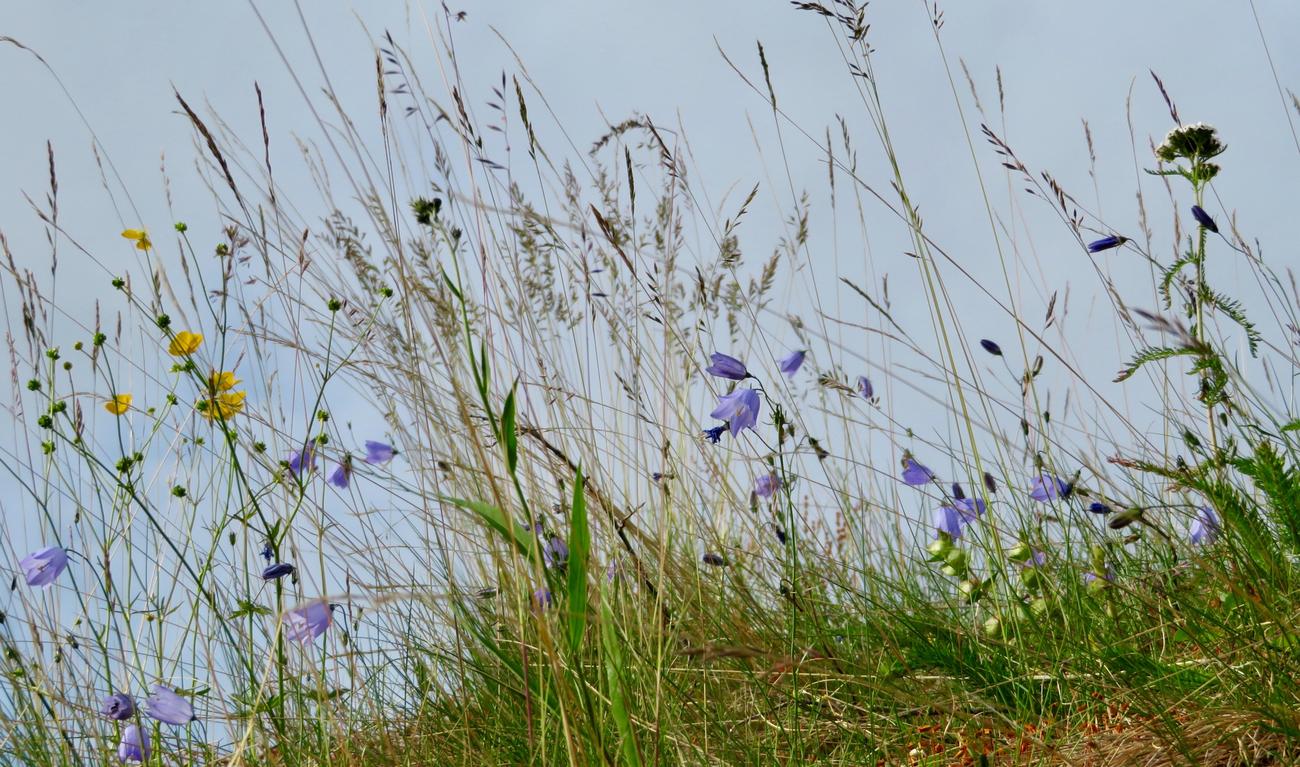
FAQ
Question 1
What kind of vegetation would you most likely expect to find in the chaparral biome?
Answer 1
In the chaparral biome, you can expect to find a diverse range of vegetation. Common plants in this biome include cacti, shrubs, poison oak, eucalyptus trees, Joshua trees, yucca plants, sagebrush, oaks, scrub pines, chaparral, maquis, matorral, and kwongan. These plants have adapted to the Mediterranean-like climate of the chaparral and exhibit characteristics similar to desert plants.
Question 2
How do the plants in the chaparral biome help prevent soil erosion?
Answer 2
The plants in the chaparral biome play a crucial role in preventing soil erosion. Their extensive root systems help bind the soil together, reducing the risk of erosion caused by wind and water. Additionally, the dense growth of vegetation acts as a natural barrier, protecting the soil from the impact of heavy rainfall or strong winds.
Question 3
Do plants in the chaparral biome adapt to fire?
Answer 3
Yes, many plants in the chaparral biome have adapted to fire. They have evolved several strategies to survive and even benefit from wildfires. Some plants have thick, fire-resistant bark or underground root systems that allow them to regrow after a fire. Others produce seeds that remain dormant until triggered by the heat of a fire. The fire helps clear away competing vegetation and allows these plants to flourish.
Question 4
What threats does the chaparral biome face?
Answer 4
The chaparral biome faces several threats, including habitat loss and climate change. Human activities such as urbanization, agriculture, and deforestation have resulted in the destruction and fragmentation of chaparral habitats. This loss of habitat puts many plant and animal species at risk. Additionally, climate change is altering precipitation patterns and exacerbating drought conditions in the chaparral, making it more challenging for plants to survive.
Question 5
How are animals in the chaparral biome adapted to the dry and hot conditions?
Answer 5
Animals in the chaparral biome have developed various adaptations to thrive in the dry and hot conditions. They often have water-conserving features such as the ability to obtain moisture from their food, efficient kidney systems, and the ability to tolerate high temperatures. Additionally, many animals in the chaparral have behavioral adaptations, such as being active during cooler hours of the day and seeking shade or burrows to escape from the heat. These adaptations enable them to survive in this challenging environment.
- Senior at What Age: Benefits & Eligibility Guide - March 29, 2025
- Unlocking Senior Benefits: How Old is a Senior? Your Complete Guide - March 29, 2025
- Master Russian Politeness:A Guide to Saying Please - March 29, 2025
